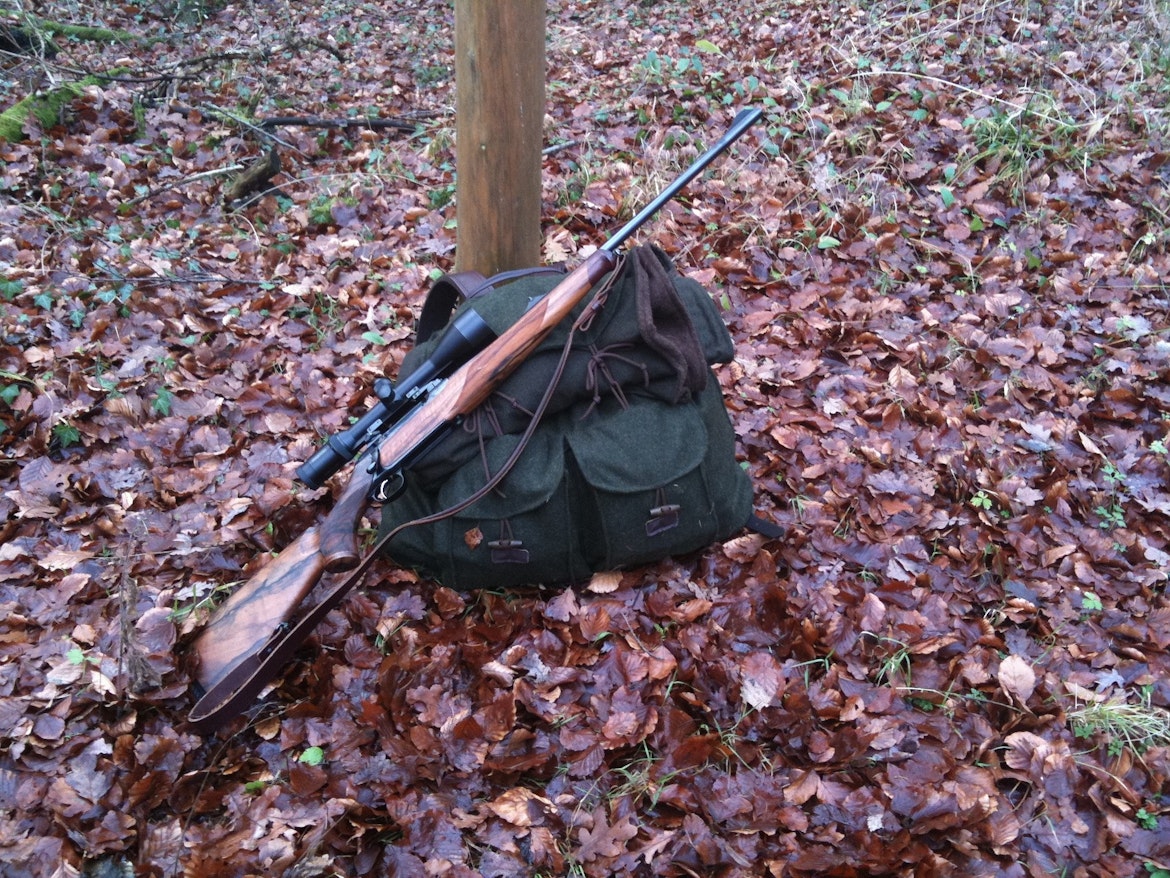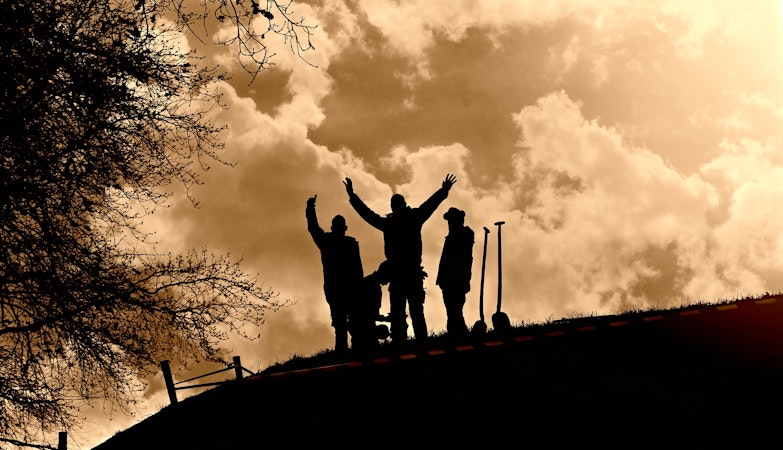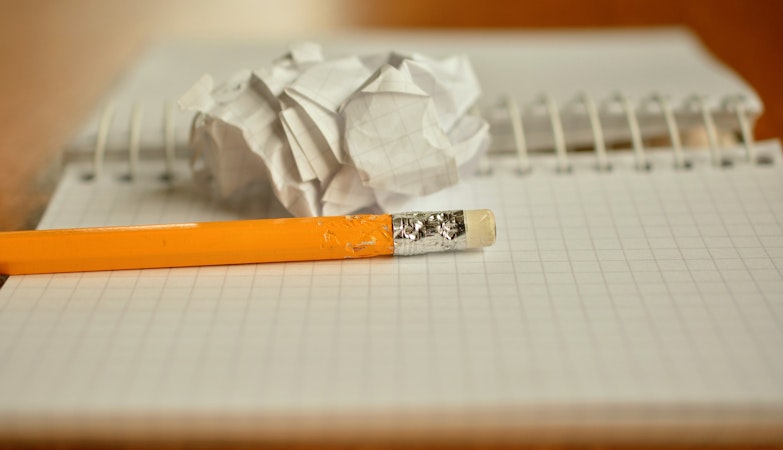When considering a firearm as a prepping tool, we have some requirements that need to be fulfilled beyond how much you like the firearm you are selecting. As a prepper, this is just another tool in your toolbox, and for the weight and space it takes up in your gear load out it must provide usefulness in your mission to stay alive.
A lot of people will assume that your firearm is one of the most important tools in your kit, but this is far from true. A good knife is probably the most important tool you can carry, and then fire, water, and shelter will be much more important in this kit if you want to survive in a hostile SHTF environment.
This firearm must provide certain enhancements to your journey and be quickly put into action when needed, without being cumbersome to the rest of your kit. Again, each piece of your kit has a job and are only allowed to add weight and take up space in your kit because of what it provides.
I agree with another contributor to this newsletter, Mr. Travis Warlock, that the 22LR caliber does a particularly good job. The ammo is light, plentiful, low cost, and comes in many different designs or intended versions.
It is easy to carry and can be made Hollywood silent with the right selections of accessories. If you need to use this tool, the next consideration is whether it brings attention to you or where you are. Normally, this would be detrimental to your survival as a single person or in a small family unit unable to go wage war on those attempting to maraud you or your supplies.
Looking at the tool and its design helps us select certain firearms over others. This is a very individualized process. There may be considerations based on an individual’s body type, ailments, or other limitations. As you read other survival authors’ suggestions on this subject, the Henry survival rifle and the Ruger 10/22 typically make the top of their lists of recommendations. Both are great tools with many different upgrades available to them. The Ruger 10/22 platform has an en- tire industry built around it, with all kinds of upgraded parts available. The Henry survival rifle even floats when in storage mode. I would suggest you look past these models to a more compact tool that is easier to clean and carry with you everything else you need to survive during your journey. I feel a pistol is an easier tool—both to carry, and to access on the trail. You can overcome the limitations in its design by practicing and learning about its capabilities. The pistol can be carried in a holster or pouch on one’s belt, or somewhere in the front of their load-carrying gear. It could even be carried out in such a way that no one would know what it was, and it would still be available immediately if needed.
The pistol I would suggest is the Ruger 22/45 MKIV pistol, with some accessories to complete its mission in your kit. This model of firearm is very popular, with aftermarket parts and upgrades available: everything from trigger packs to magazine enhancements and assorted parts. The Ruger MKIV is noticeably light, handy, and can be carried with an extra 10-inch barreled receiver if you want to get the most out of the cartridge in your kit. I would select the much shorter 5-inch tactical barreled receiver, but there are plenty of different configurations on the market to choose. The short- er barrel lengths will provide a quieter firearm and employing the 10-inch barrel gives you the most velocity possible from the little 22LR cartridge, enhancing accuracy when needed. The 22LR cartridge builds velocity up to about 11 inches of barrel length; after that length, the little cartridge will actually slow down, because the powder has all been burnt up. The shorter tactical barrel is threaded for a suppressor and also has rails on top and bottom for both a red dot and a flashlight. Both items will enhance the usefulness of this tool in your toolbox.
In addition to the aforementioned accessories, I would also put a lanyard loop of some sort on it to keep the tool in your kit when climbing over tree trunks or through tunnels. You can enhance the internal parts with the addition of trigger packs, or an extractor from Tandemkross or Volquartsen. Getting a 22 LR suppressor for this tool makes it much more useful if needed. You can also disable the magazine cut-off with aftermarket parts, and putting magazine bumpers on your mags can make them survive the added abuse of a SHTF situation. This pistol can be broken down with the push of a button and would only require a basic cleaning kit to maintain it in the field. All-around, this pistol provides a great selection to your INCH or BOB or get home kit and is worth the space and weight it takes up.
A firearm is not a necessary part of your kit but can be a welcome addition to your toolbox. Using something that is dependable, plentiful, and customized makes it an enhancement and not a liability in the end.
In conclusion, each tool in your kit— including the firearm—is part of your last-ditch effort to survive whatever calamity you have been put through, and you should scrutinize the worthiness of each tool’s place in your kit.









